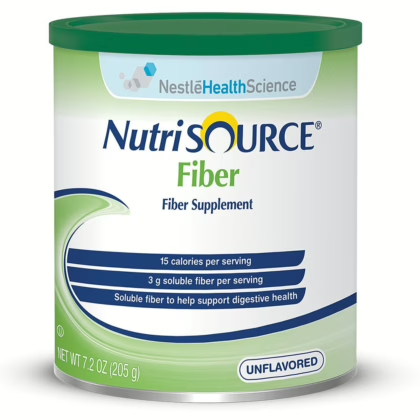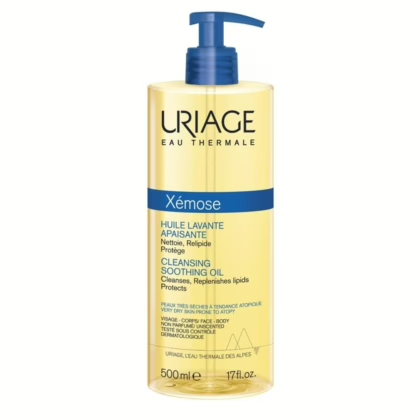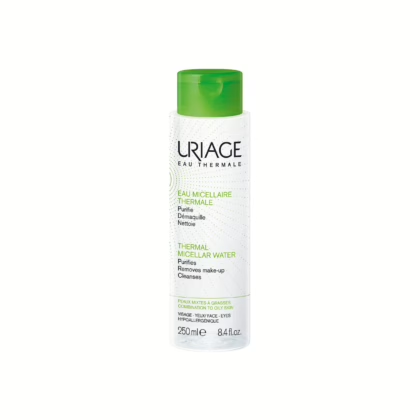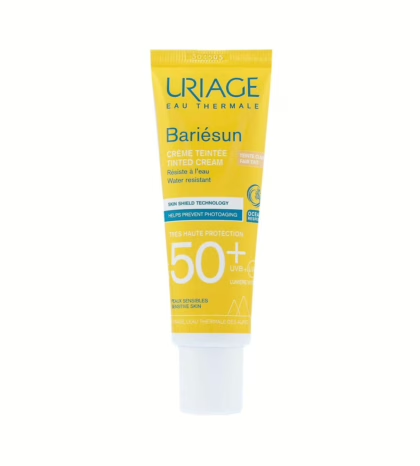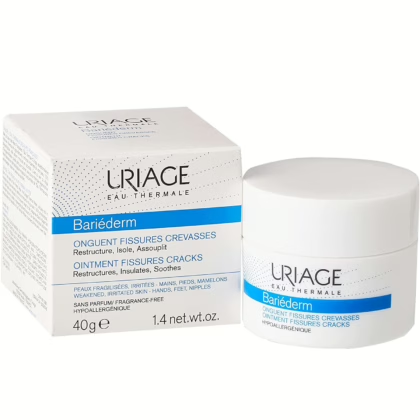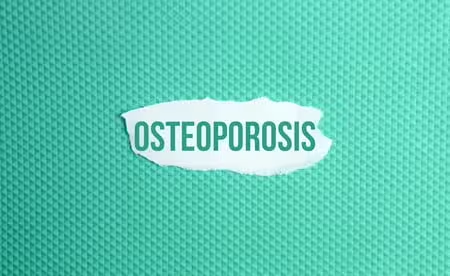
There are many types of bone diseases, but osteoporosis is the most common, which causes our bones to weaken and become more prone to fracture. Surprisingly, many individuals have osteoporosis, which results in weak bones, but they are unaware of it until a fracture happens. Because osteoporosis is typically asymptomatic bone loss that develops over a long period of time and does not cause pain.
Many factors can increase the risk of osteoporosis. There are some factors you can control while others you can’t!
Fortunately, some of them can be controlled such as:
Following these steps can help you improve your bone health:


